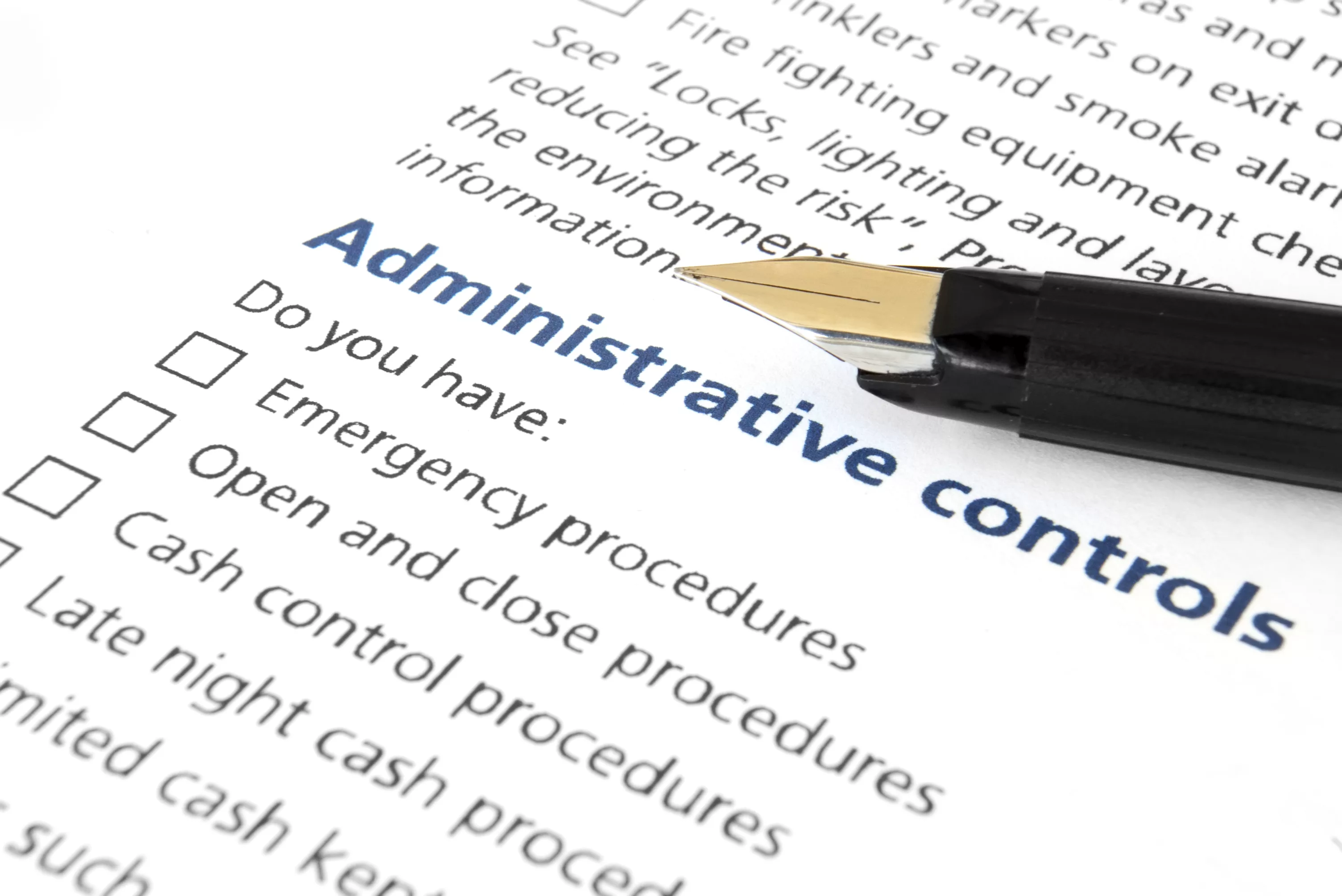
Having successful systems that can be easily followed and replicated is one of they key attractions when buying a franchise. Recognising and accurately documenting the systems you have in place is an important step in franchising your business successfully.
At first, it may seem a daunting prospect to consider all of the systems that will need to be documented. But the clearer they are, the easier it will be for new franchise owners to hit the ground running, and the faster both parties can start reaping the rewards.
By following the steps below and compartmentalising your business into system areas, you can determine what works well and why, and begin to make a list of documented procedures for franchisees to follow.
Franchising your business is all about giving customers a familiar, reliable experience, no matter where they are. To ensure this happens, your franchisees all need to be operating in the same way, based on your systems. To document your systems for franchising, begin by analysing your business operations, both internally and externally. You need to explore and document all areas of your operations, but especially the ones that show your ‘point of difference’. Some general areas to investigate may include:
Depending on your business, some of these may apply to you, and you may also have other systems in use. Mapping your particular operations on paper first can help make sure you’re not leaving anything out.
Deciding what is a policy and what is a procedure is essential for any business setting up a new franchise.
A policy is generally considered to be a direction from the management about a particular element of the business.
A procedure is the method of how that policy is enacted and includes the steps for staff to follow.
For example, your business should have a customer complaints policy. The steps in rectifying any complaint received from a customer will be outlined in your customer complaint procedure. It will clearly state particular staff roles and the specific steps that must be taken to resolve the issue.
The benefits of developing great policies and procedures are many. The clearer they are, the more satisfied customers will be that they can expect the same standard of product or service every time they visit a franchise.
A part of having great working systems is that they are regularly reviewed, even after you franchise. By regularly checking if the systems are meeting the needs of staff, customers and suppliers, you will constantly be adapting to market demands and improving the customer experience.
Identifying and documenting the unique systems that have already put you ahead of the rest of your competitors will be the key to successfully franchising your business. By following these steps, you can make sure your franchisees have the tools they need to successfully replicate your winning formula.
For more information on how to start a franchise, contact us and we can explore your options with you. And if you do decide to set up a franchise, we can provide ongoing support to help you get the best out of it, both now and into the future.
Thanks for reading,
The Franchise Institute Team
1300 855 435